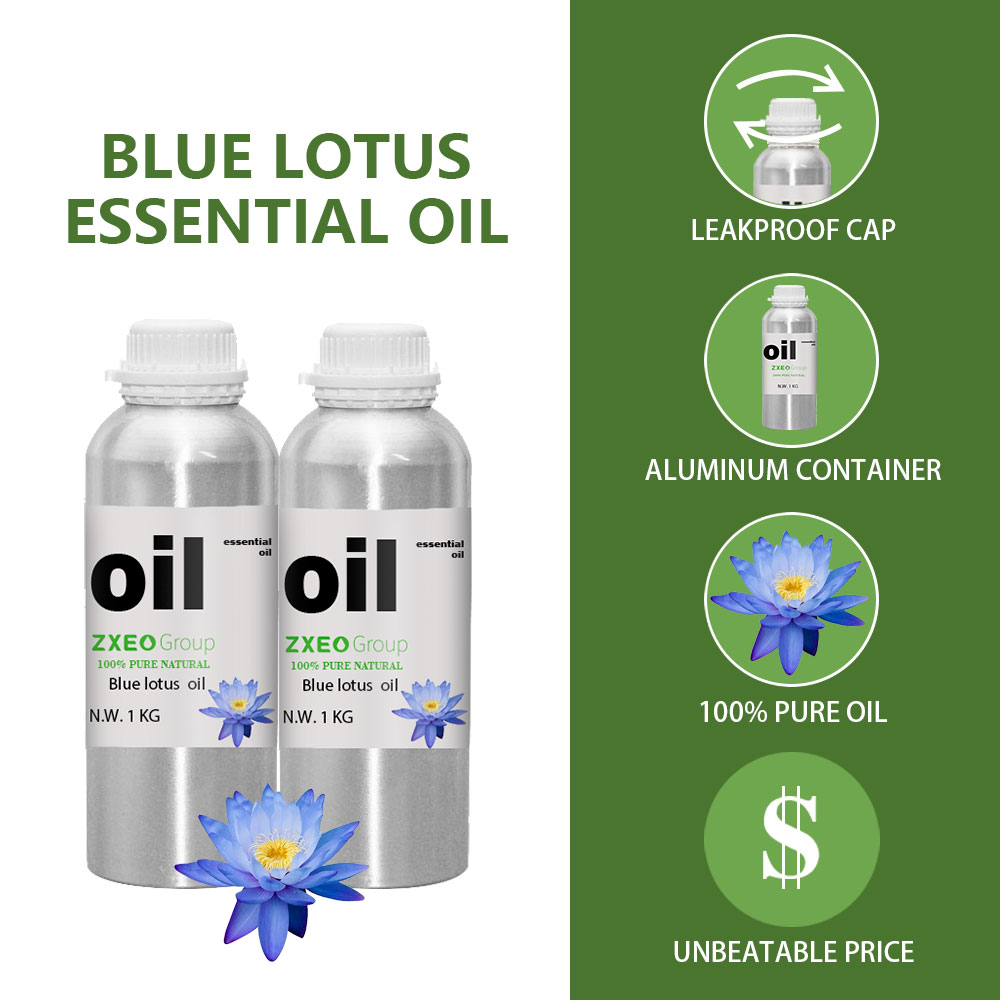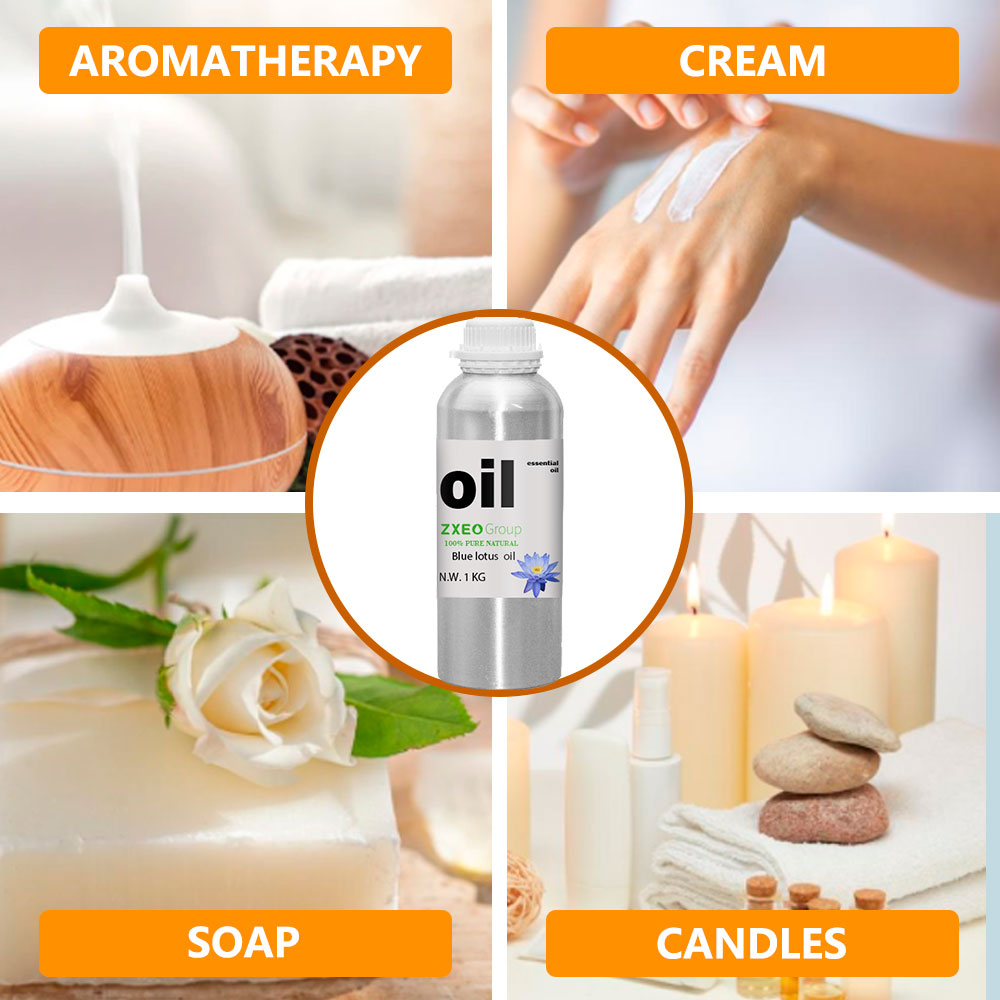-

Natural Fragrance Essential Oil Set Sweet Orange/Eucalyptus/Tea Tree/Olive/Lavender/Camellia Oil Bulk Aromatic Oil Perfume
Product: 10ml essential oil set
Shelf life :3 years
Usage : Make candles, soap , skin care products , massage , diffuser
-

Wholesale Aromatherapy Oils Roll on Set Sleep Essential Oil Blends Stress Balance for Deep Relaxing
Product: 10ml roll on blend oil set
shelf life : 3years
Color: light yellow
Usage : skin care , body massage , relaxition , aroma
-

Cosmetic Grade Pure and Natural Sweet Perilla Oil for Aroma Sweet Perilla Essential Oil
Product Name :Sweet perilla oil
Product Type:Pure essential oil
Shelf Life:3 years
Bottle Capacity :1KG
Extraction Method : Steam distillation
Raw Material :Leaves
Place of Origin :China
Supply Type :OEM/ODM
Certification :ISO9001,GMPC,COA,MSDS
Application :Aromatherapy Beauty Spa Diffusser -

Private Label Roll On Happy Peppermint Rose Lavender Blend Massage Essential Oil For Aromatherapy
Extraction or Processing Method:steam distilled
Distillation Extraction part:leaf&flower
Origin of country:China
Application:Diffuse/aromatherapy/massage
Shelf life:3 years
Customized service:custom label and box or as your requirement
Certification:GMPC/FDA/ISO9001/MSDS/COA
-

Custom Roll on blend massage oil Application Aromatherapy, massage, bath, DIY use, food , skin care
Extraction or Processing Method:steam distilled
Distillation Extraction part:leaf&flower
Origin of country:China
Application:Diffuse/aromatherapy/massage
Shelf life:2 years
Customized service:custom label and box or as your requirement
Certification:GMPC/FDA/ISO9001/MSDS/COA
-

Rose Geranium Essential Oil Roll On Flower Massage Perfume Aroma Oil Roller Ball Essential Oil Blend
Extraction or Processing Method:steam distilled
Distillation Extraction part:flower#seed
Origin of country:China
Application:Diffuse/aromatherapy/massage
Shelf life:2 years
Customized service:custom label and box or as your requirement
Certification:GMPC/FDA/ISO9001/MSDS/COA
-

100% Pure Australian Tea Tree Essential Oil for diffuser for skin hair care
Product name: Australian Tea Tree Essential Oil
Product Type: 100 % Natural Oil
Size: 1KG
Application: Aromatherapy Massage Skin Care
Certification: ISO9001, GMPC, COA, MSDS
Purity: 100 % Pure OEM/ODM: Yes!
MOQ: 2KG Shelf life: 2 Years
-

Wholesale Bulk 100% Pure Organic Green Tea Tree Essential Oil Wholesale Bulk Supply
Product name: Green Tea Essential Oil
Product Type: 100 % Natural Oil
Size: 1KG
Application: Aromatherapy Massage Skin Care
Certification: ISO9001, GMPC, COA, MSDS
Purity: 100 % Pure OEM/ODM: Yes
MOQ: 2KG
Shelf life: 3 Years
-

Bergamot oil
Bergamot Essential oil is extracted from the peels or rind of the fruit Bergamot that grows on the tree of Citrus Bergamia or more commonly known as Bergamot Orange through cold pressing. It belongs to the family of Rutaceae. Its native to Italy and now been used in all parts of the world. It has been an integral part of ancient Italy Medicine and Ayurvedic Medicine to cure digestive issues, improve skin health and obtain a flawless skin.
Bergamot oil has also been used as a flavouring agent in food and teas for ages. It also provides the unique taste of, ‘Earl Grey Tea’. Bergamot Oil has been used for medicinal purpose because of its anti-bacterial and anti-microbial qualities that can treat skin conditions like infections, allergies, bacterial infections and others. it is also used in cosmetic products to reduce open pores, treat oily skin, and improve skin colour.
Bergamot essential oil has an uplifting aroma with tinge of sweet and relaxing elements, making it a popular ingredient in perfumes. It is also, a natural deodorizing agent and thus is often added to perfumes and deodorants. The skin cleansing properties of this oil along with its elegant scent, makes it a popular addition to luxury shampoos, soaps and handwashes.
-

-

-











